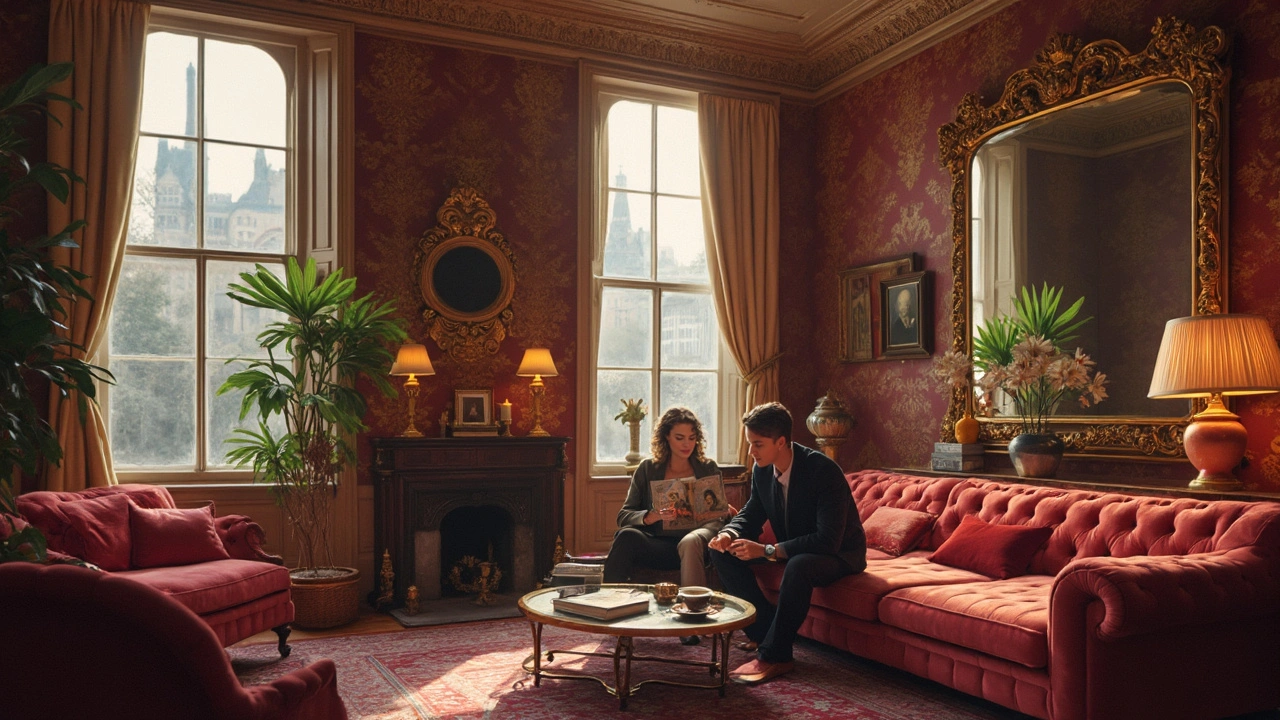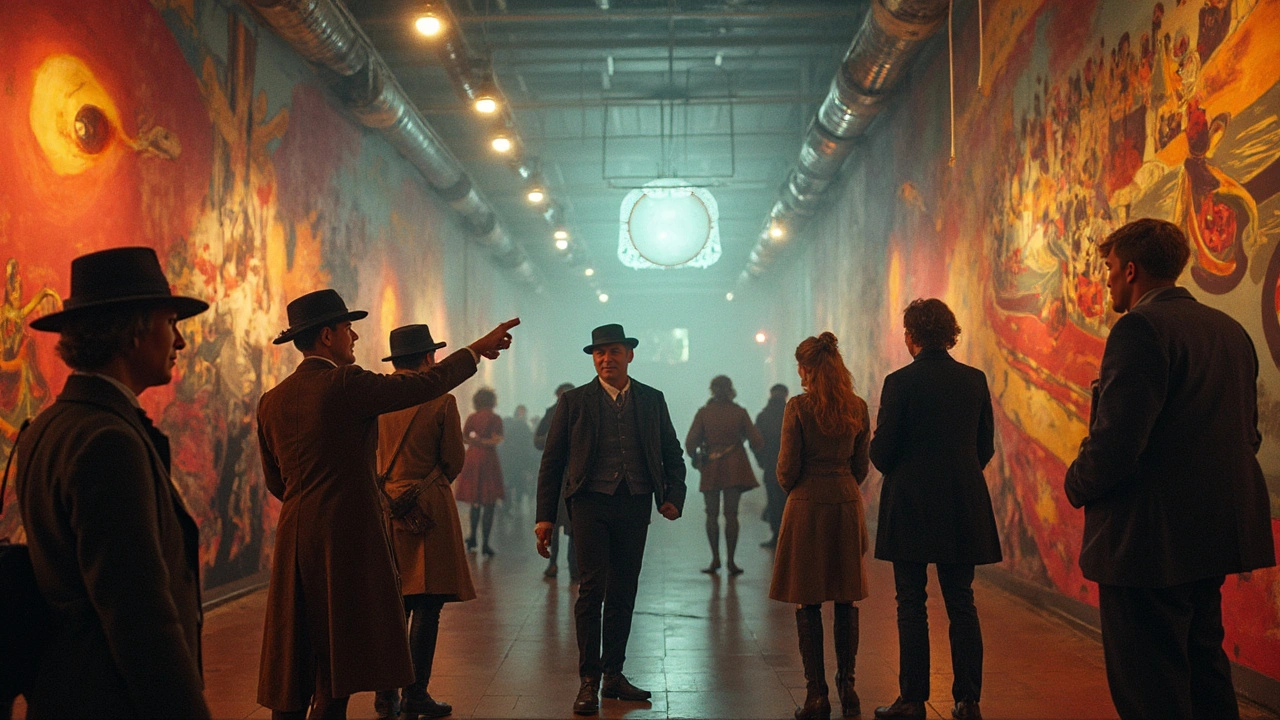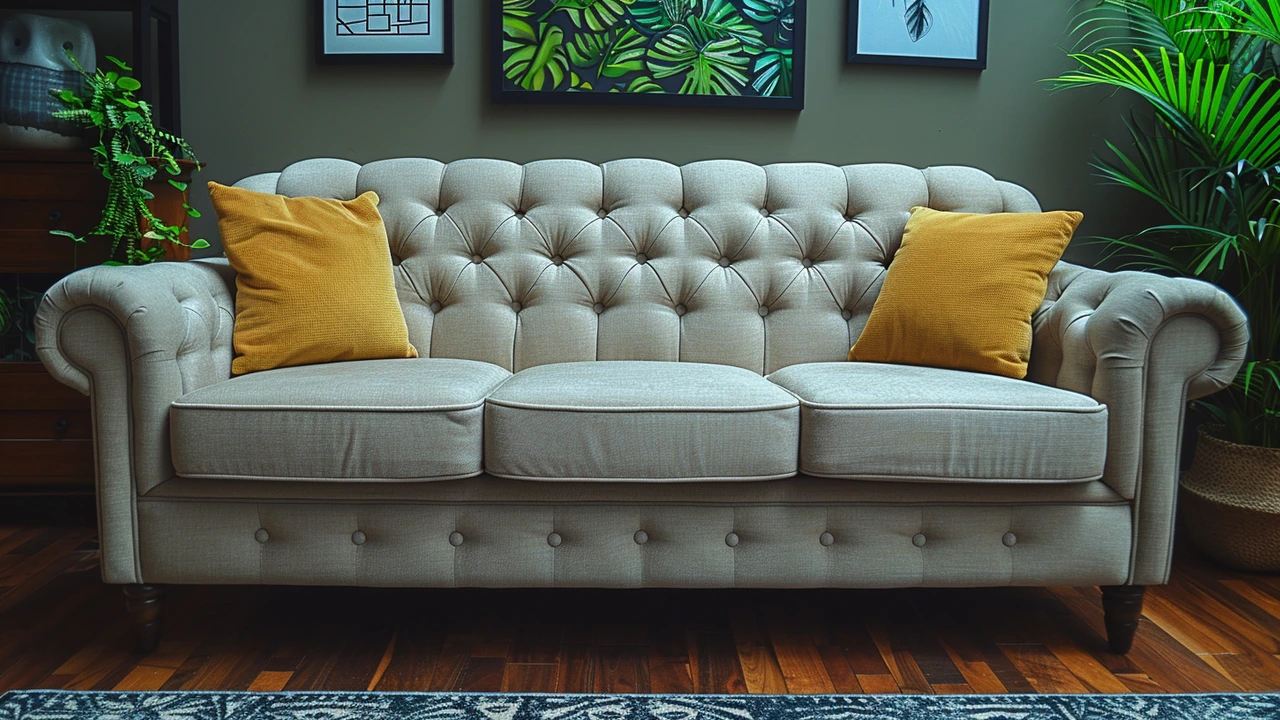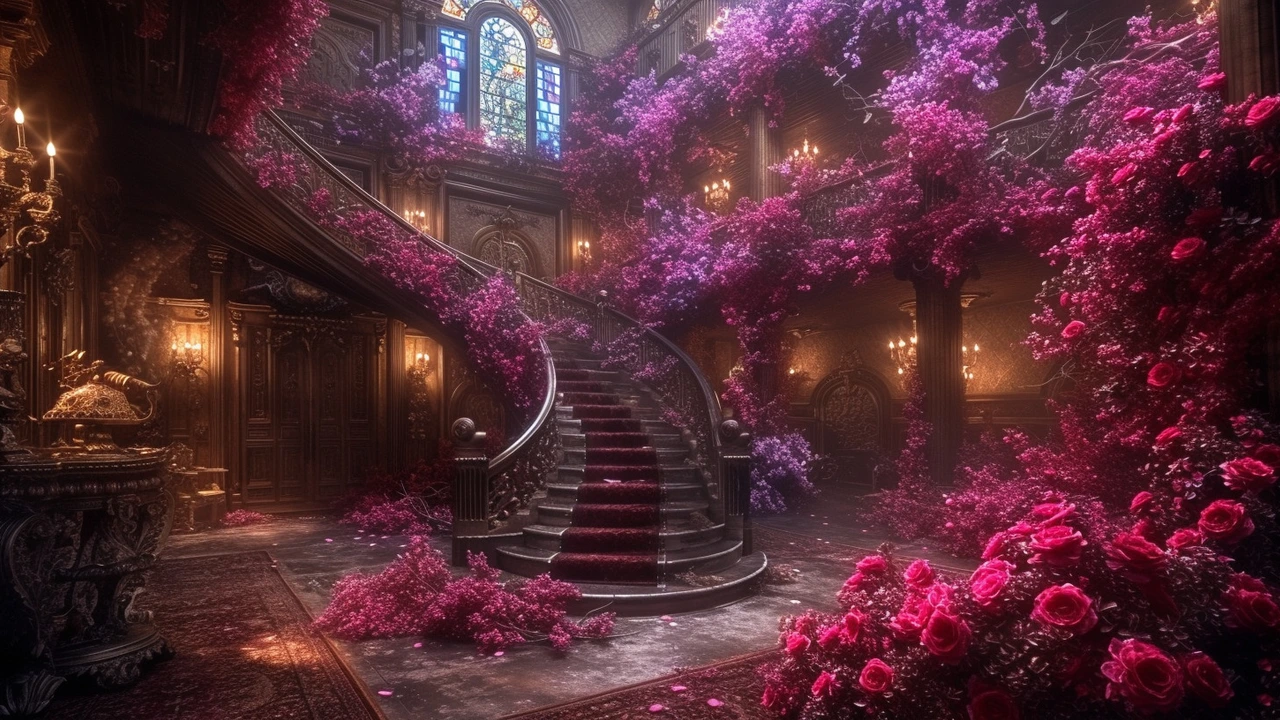Art: Quick Guide to Movements, Styles & How to Use Them
Art isn't just hanging on walls—it's how cities are built, how homes feel, and what grabs your attention online. Want to recognize a movement fast or use its ideas in your space? Here's a practical map that points to the big styles and what they actually do for you.
Spot the style in one line
Photorealism: looks like a photo. Focus on tiny detail, glossy surfaces, and camera-like lighting. Great if you want precision or teaching references. Abstract Expressionism: messy, emotional, big gestures—perfect when you want energy or drama in a room. Bauhaus: clean, simple shapes and useful objects. Use it for a tidy, modern look that feels functional. Fluxus: playful, mixes music and performance with everyday items—try it when you want a surprising focal piece. Land Art: uses the earth itself—think parks and large outdoor works that change with seasons. Constructivism: bold geometry and bold messages, useful for posters or strong visual identity.
Cubism breaks objects into shapes; use it to add a fresh viewpoint. Baroque brings drama and rich detail; add it if you want opulence. Futurism pushes motion and tech—good for gaming spaces or tech branding. Installation art is immersive—use it to shape an experience, not just decorate. Ukiyo-e influences pattern and line—handy for textiles and tattoos. Harlem Renaissance mixes music, writing and visual expression—bring in storytelling and identity. Each movement has a clear visual recipe you can borrow.
How to use these ideas right now
Decor tip: match one strong idea to one space. If your living room needs calm, pick Bauhaus furniture and a photorealism print for focus. If you want surprise, add a small Fluxus-style object on a shelf or a dynamic Abstract Expressionist print above the couch. For offices, use Constructivist posters to make messaging clear and bold.
Learning tip: see one real piece before reading about it. A painting or installation teaches faster than a paragraph. Museums and local shows are best, but virtual tours and high-res images work too. When you study, ask: What shapes repeat? What feeling does the work aim for? How does the artist use space or light?
Making tip: copy the rules first, then break them. Try one technique—photorealism’s layer-by-layer approach or De Stijl’s strict grid—and once you know it, bend it to your taste. Mix small elements from different movements: a Baroque frame around a Bauhaus print can be bold and modern if you balance scale and color.
Want more examples? Browse articles on movements, top artists, and practical projects to try. Pick a style, try one small change, and see how it shifts what you feel in the room or how people react to your work.





